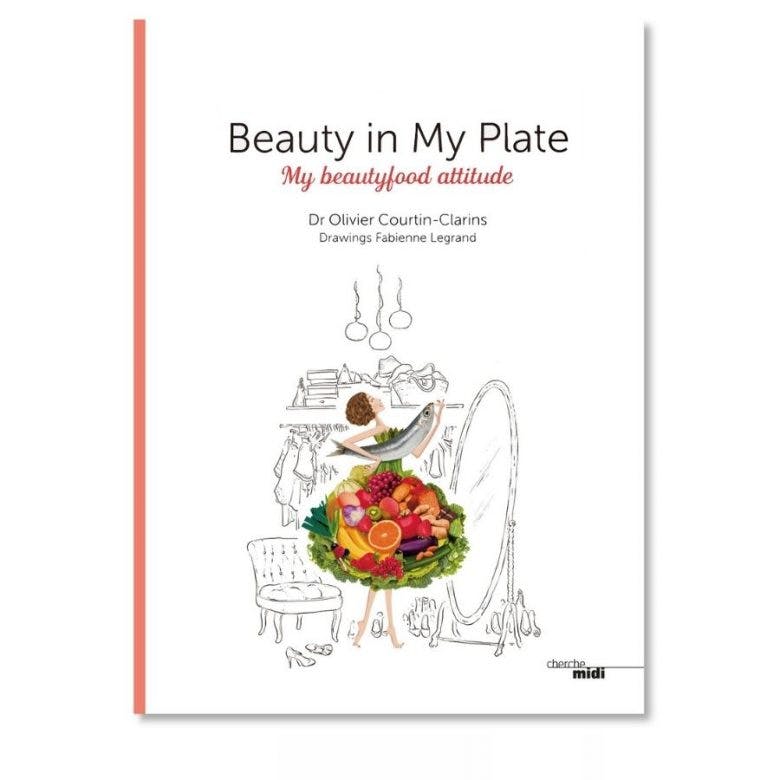Nutritionist-Approved Guide To Clean Eating
6 minutes read
The words ‘clean eating’ need a lot of debunking. So here’s a clean slate about the fad term — the do’s and don’ts straight from three nutritionists to make this diet a permanent lifestyle change. Let the spring clean eating begin!
The rise of clean eating movement
The concept of clean eating started in 2007, when Tosca Reno, a Canadian fitness model, published a book called The Eat-Clean Diet. Reno described how she lost 34kg (75lb) and transformed her health by avoiding over-refined and processed foods. This was then followed by the rise on social media and the rest is history.
Eating clean is embedded in our culture, where every healthy meal is Instagrammed. As of writing, #cleaneating has over 48 million Instagram posts.
Thanks to influencers and celebrities, our new ‘shelfie’ obsession has moved from the bathroom to our plates and involves posting snapshots of hyper-organised stocked shelves of pantries and a perfectly tossed salad or poke bowl.

What does clean eating mean?
Unlike what the name would suggest, Charlotte Radcliffe, Registered Nutritionist and Director of The Nutrition Consultant, says that clean eating has nothing to do with how ‘clean’ or ‘dirty’ a food is.
Clean eating, by definition, refers to choosing food that is as close as possible to its natural state. This encourages us to make our meals from scratch and make them as non-processed as possible and nutrient-dense ingredients.
But this might not be the case for the rest of the health and wellness world as ‘clean eating‘ has so many twists and turns and is often shrouded by a misconception.
“There are many variants of clean eating, but it can often mean radically eliminating foods and ingredients such as dairy, eggs, alcohol, red meat, and sugar. It can have negative consequences when taken to the extreme as it can often increase the risk of nutrient deficiencies,” Radcliff warns. Adding, “It can lead to food shaming and food elitism, feelings of guilt and obsessive behaviours and sadly, for some people can lead to eating disorders”.
“Adhering to an overly restrictive diet may be symptoms of an eating disorder. Another sign could be complete abstinence from food groups such as carbohydrates, fats and sugars,” says Gail Warren, Nutritional Therapist, Owner of Nutrition on the Hill.
Clean eating is also often linked with pseudoscience.
“The feeling that eating in this way can reverse medical conditions, and that trendy ingredients are superior to their cheaper counterparts. For example, coconut oil is often hailed as a superior oil; however, it is largely composed of saturated fatty acids – the type we should be limiting,” Radcliffe explains.
Read next: How To Have Healthy Relationship With Food, According To Experts
What are the benefits of clean eating or adopting a balanced diet?
Adopting a clean eating habit or a rainbow diet is beneficial for your overall health (both mental and physical). In addition, a balanced diet can be a way to help fine lines, dehydration and wrinkles, according to The British Dietetic Association (BDA).
It also can also reduce the risk of chronic diseases, such as cardiovascular disease, diabetes, obesity and some types of cancer.
“It’s great that more and more people are becoming more interested in nutrition and their overall health and wellbeing. The benefits of eating well are countless – including supporting the immune system and muscles and strengthening bones; keeping skin, teeth, eyes and our guts healthy, Radcliffe says.
Adding, “As a nation, we don’t consume as much fibre as we should and most people don’t achieve their five a day, so an increased focus in this area can be a positive one when done in a balanced way.”
How to eat clean for beginners
New to ‘clean eating?’ Radcliffe’s advice is to focus less on ‘faddy’ terminology such as ‘clean eating’ and cutting things out of your diet and focus more on what you’re putting into your diet.
Adapting a healthy relationship with food is a life-changing decision. Think of food as fuel to run your body. Feed it the nutrients it needs to function and run at its optimal level, grow and develop, provide energy for physical and mental activities, and repair and maintain the body’s cells and tissues.
Read next: Adopt A Holistic Approach If You Want Healthier Skin In 2022
Nutritionist approved ‘clean eating’ grocery guide

Certified holistic nutritionist Maria Marlowe shares a ‘clean eating’ grocery list guide, plus easy recipes to get started.
1. Vegetables:
Rich in fibre, vitamins, and phytochemicals, vegetables support regularity, hormone balance, a better mood, and healthier skin. Aim to consume five to nine servings (cups) of veggies a day in a rainbow of colours. If you don’t currently eat many, try adding in just one to two cups a day and build it up.
Try Complexion Perfection Salad or Tahini Cauliflower
2. Fruit:
Fruit provides hydration and a hefty dose of vitamins and antioxidants. Aim to consume up to four servings a day.
Try this citrusy Glow Glo Juice
3. Whole grains:
Whole grains keep your blood sugar more stable than refined grains and offer more nutrients. Grains are generally a good source of B-vitamins and trace minerals like magnesium, iron, and zinc. Try quinoa, amaranth, or black rice.
Try this Amaranth Porridge
4. Nuts and seeds:
Nuts and seeds provide a variety of minerals, healthy fat, fibre, and protein. Sprinkle ground flaxseed on salad, coconut yoghurt, morning oatmeal, or avocado on toast.
Try this Pumpkin Seed Pesto
5. Legumes:
Beans and lentils provide plant-based protein, fibre, minerals, and perhaps surprisingly, plenty of antioxidants.
Try these Crispy Chickpea Croutons.
6. Unrefined oils:
Unrefined, cold-pressed oils, such as avocado, coconut, and olive oil, provide anti-inflammatory benefits – it will contribute to that lit-from-within-glow.
7. Spices:
Spices add flavour and a plethora of benefits, such as reducing inflammation, balancing blood sugar, and providing antioxidants. Some skin all-stars are turmeric, black cumin, cinnamon, and oregano.
Try this Indian Spice Cauliflower Kebab
8. Wild Seafood:
Wild fish are leaner, higher in omega-3 fatty acids, lower in mercury and contaminants, and generally more nutritious than their farmed counterparts. Omega-3 is an essential nutrient for clear, glowing skin and a happy and calm brain. Unfortunately, many people are deficient in it.
Try this 5-Spice Wild Salmon
9. Organic Pasture-Raised Meat:
Choosing meat from grass-fed and free-range livestock results in more nutritious meat. For example, grass-fed beef is much higher in omega-3, leaner, and healthier than its farmed counterparts.
Try this Garlic Ginger Beef with Cauliflower Rice

If you are looking for a cookbook, Beauty Daily recommends Dr Olivier Courtin-Clarins Beauty in My Plate Book. It is packed with tips to eat right every day. Delicious and simple recipes that are easy to make.
Pro tip: When grocery shopping, always check nutritional labels and don’t be fooled by the marketing ploys saying ‘sugar-free’, ‘low-fat’ or ‘all natural’. The labels can be confusing and misleading. If you see fewer ingredients, the food will likely be less processed.
Sign up for our newsletter
We will keep you in the loop for special offers, exclusive gifts and product news.

